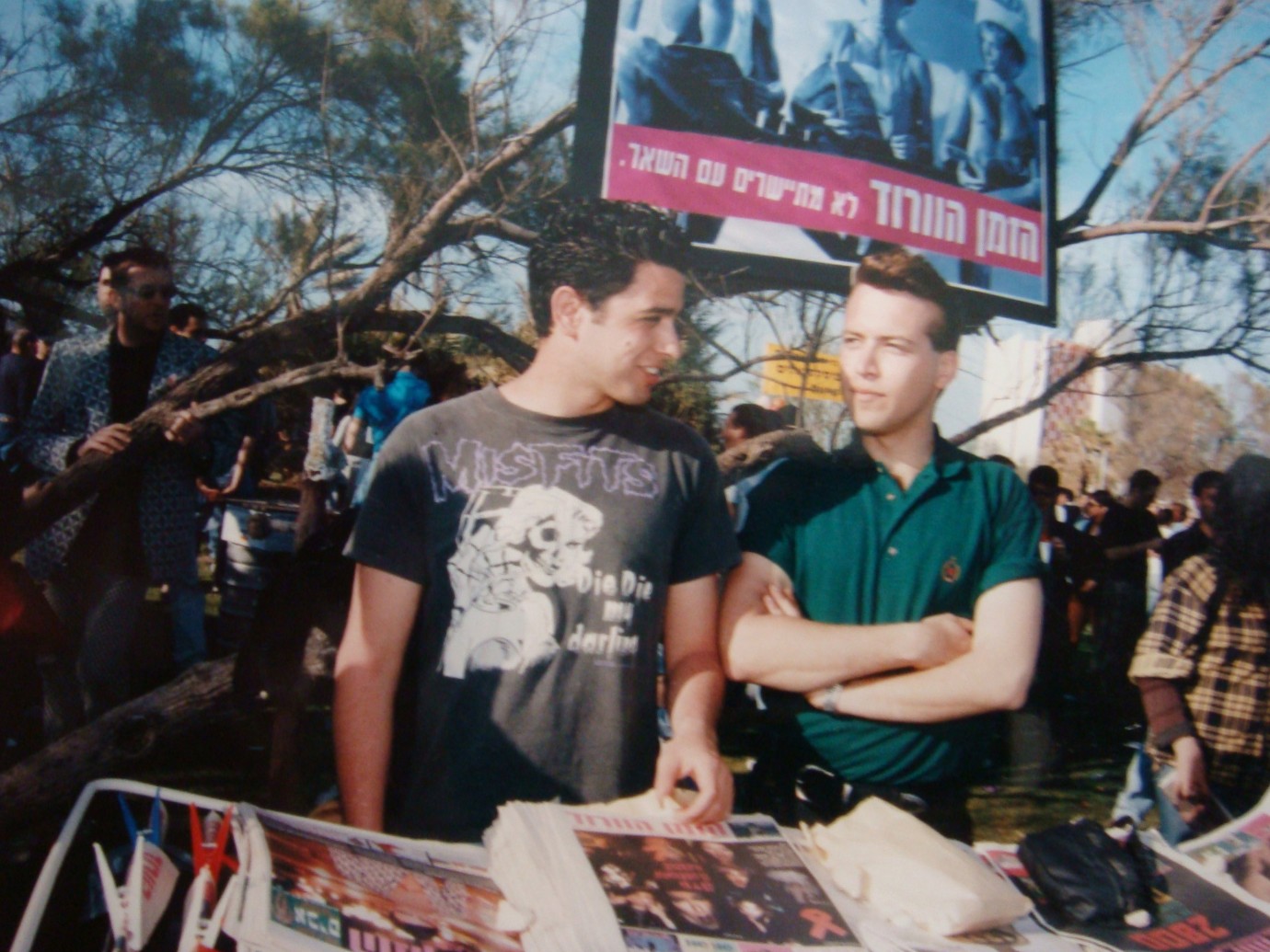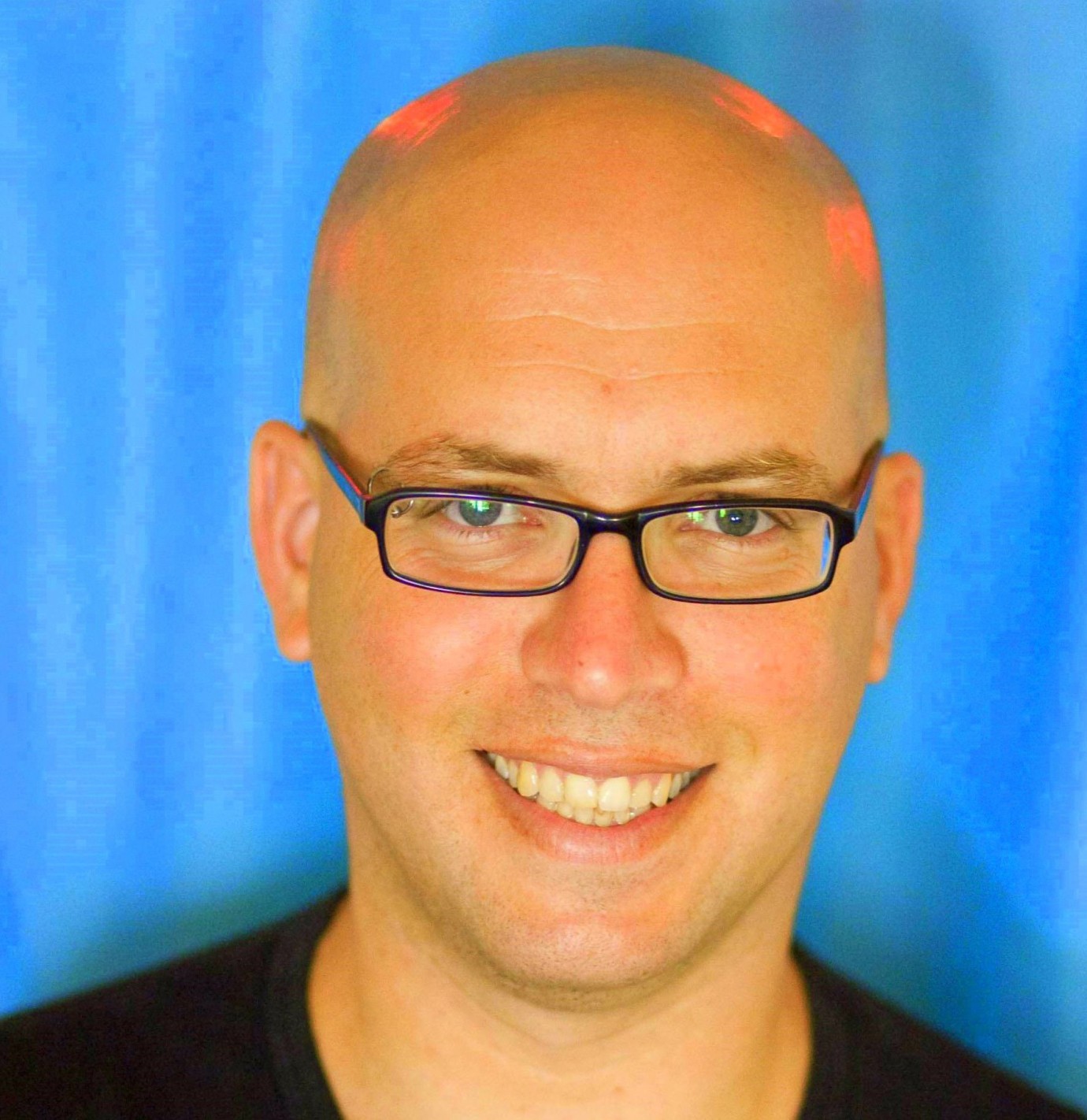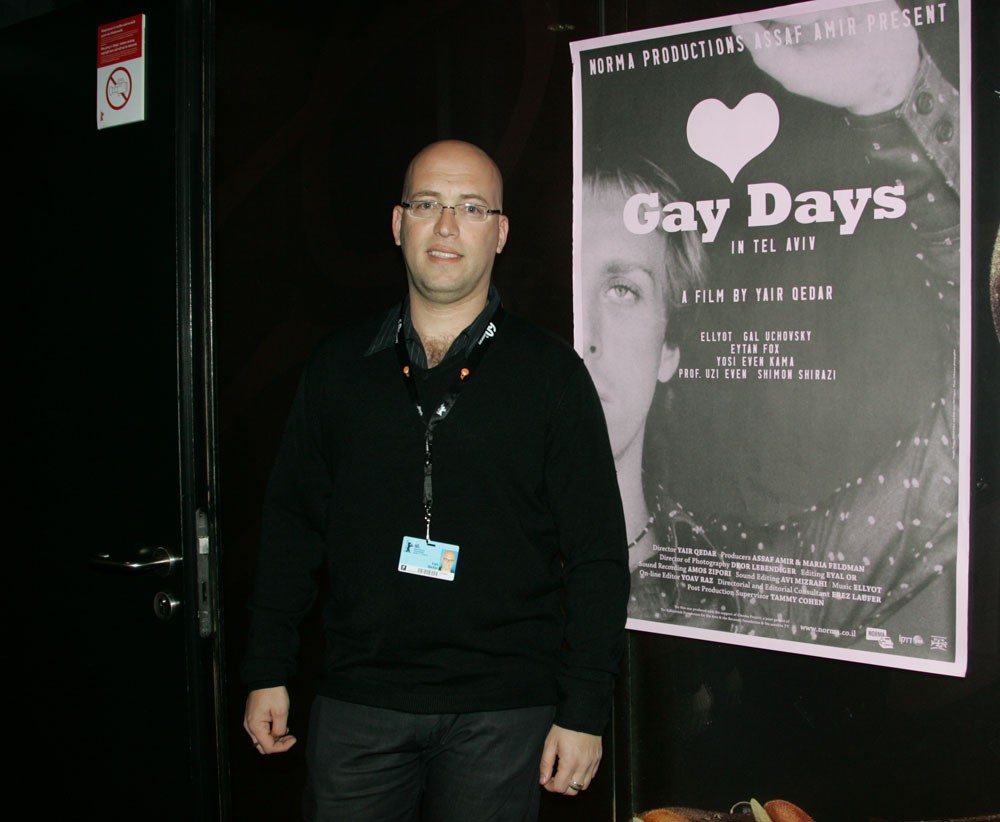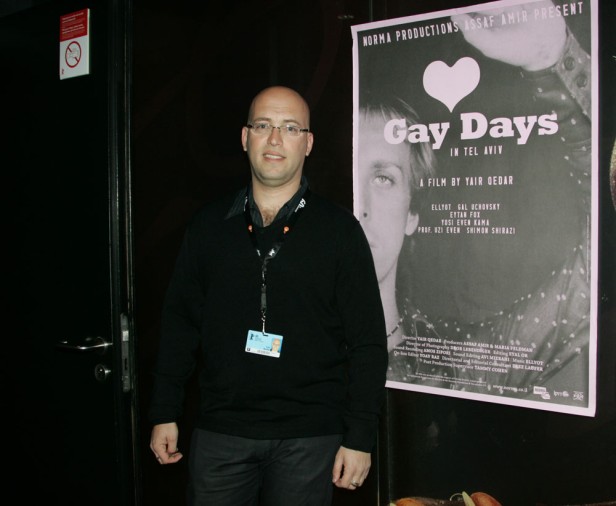
Yair Qedar, Gianfranco Azzarozini. 1997
Hazman havarod | Gay Days by Yair Qedar
ISR 2009, Panorama

Yair Qedar
Hazman havarod | Gay Days by Yair Qedar
ISR 2009, Panorama
In 1988 homosexuality was still a crime in Israel and very few lived their lives openly as homosexuals. Gay and lesbian declarations in the arts and media were subject to censorship; gays were excluded from the army, the police and other public institutions – without recourse to appeal. Moreover, police brutality against gays and transsexuals was the order of the day and such incidences were never prosecuted. Ten years later, in 1998, there were around 3,000 gays and lesbians living openly as homosexuals; a transsexual singer represented Israel at the Eurovision Song Contest; there were happy gay characters in popular television series and, in the armed forces and other state institutions. It was officially forbidden to discriminate against people on account of their sexual orientation. Several thousand people – Jews and Arabs, young and old, gays and lesbians, religious devotees and atheists, transvestites, drag queens, prostitutes, professors, soldiers and police officers – all marched together in the ‘pride parades’.
Nowadays Israel’s gay and lesbian community is one of the most flourishing in the western world. Now that the community is represented in prominent positions in civil, military and state institutions, many gays and lesbians are now standing in the front line of Israel’s civil society. What has made the ‘pink community’ in Israel so successful in a society more commonly associated with conflict and racism?
Making use of rarely seen archive material and testimonials from key figures,
Yair Qedar’s film tells the story of the ‘pink revolution’, as he sees it in 2009, ten years after its success.
Nowadays Israel’s gay and lesbian community is one of the most flourishing in the western world. Now that the community is represented in prominent positions in civil, military and state institutions, many gays and lesbians are now standing in the front line of Israel’s civil society. What has made the ‘pink community’ in Israel so successful in a society more commonly associated with conflict and racism?
Making use of rarely seen archive material and testimonials from key figures,
Yair Qedar’s film tells the story of the ‘pink revolution’, as he sees it in 2009, ten years after its success.
Additional information

Yair Qedar
The Israelian director came to Berlin to present his film.
Hazman havarod · Panorama · Feb 17, 2010
